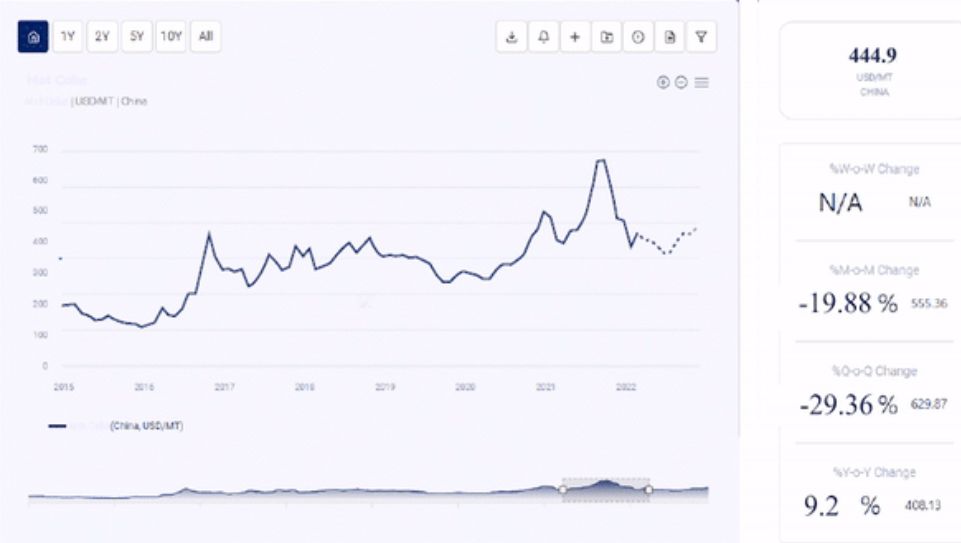
Publishing a book is a significant milestone for any author, and choosing the right publishing method is crucial to achieve success. In today’s digital age, authors have two main options: self-publishing and traditional publishing. Each approach has its own set of advantages and disadvantages that authors should carefully consider before making a decision. In this article, we will explore the pros and cons of both self-publishing and traditional publishing, helping you make an informed choice. So, if you’re searching for “book publishers near me,” read on to discover the best publishing path for your book.

Pros and Cons of Self-Publishing
Flexibility and Control
One of the primary advantages of self-publishing is the level of control and flexibility it offers to authors. When you self-publish, you have complete authority over your book’s content, cover design, release schedule, and pricing. You can make changes and updates to your book whenever you choose, allowing for a more agile publishing process. Additionally, self-publishing enables you to experiment with different genres or niche topics that may not be traditionally favored by traditional publishers.Higher Royalties
In terms of financial benefits, self-publishing often leads to higher royalties compared to traditional publishing. As a self-published author, you retain a larger percentage of the book’s profits. Instead of sharing your earnings with a traditional publisher, you have the potential to earn more per book sold. This higher royalty rate can be especially advantageous if you manage to build a dedicated reader base or market your book effectively.Time and Effort Required
Self-publishing, while offering more control, requires significant time and effort from authors. Unlike traditional publishing, where many tasks are handled by professionals, self-publishing authors are responsible for every aspect of the publishing process. This includes writing, editing, formatting, cover design, and marketing. While it provides creative freedom, self-publishing demands dedication and a willingness to invest time in learning the necessary skills or outsourcing them.Marketing and Distribution Challenges
One of the biggest challenges faced by self-published authors is marketing and distribution. Traditional publishers have established networks and distribution channels, making it easier to get books into physical stores and libraries. In contrast, self-published authors must invest time and effort in marketing their books independently. This includes building an author platform, leveraging social media, and optimizing online discoverability. While self-publishing offers control, it also places the burden of promotion on the author.Quality Control and Professional Support
Critics of self-publishing often argue that it lacks the quality control and professional support provided by traditional publishers. Traditional publishers employ professional editors, proofreaders, and cover designers who ensure the book meets industry standards. However, self-published authors have the option to hire freelance professionals to ensure the quality of their work. While this requires an additional investment, it allows authors to maintain control over the creative decisions while still receiving professional assistance. It’s important for self-published authors to prioritize quality by seeking professional editing, proofreading, and cover design services to compete with traditionally published books.Pros and Cons of Traditional Publishing
Access to Professional Editing and Design Services
One of the major advantages of traditional publishing is the access to a team of professionals who can refine and polish your book. Traditional publishers have experienced editors, proofreaders, and designers who work closely with authors to enhance the overall quality of the manuscript. This collaboration often leads to a more polished and marketable end product.Wider Reach and Distribution Channels
Traditional publishers have well-established networks and distribution channels, making it easier to reach a wide audience. They have connections with bookstores, libraries, and online retailers, increasing the chances of your book being stocked and promoted in various outlets. This broader reach can help authors gain visibility and attract a larger reader base.Advance Payments and Financial Support
Traditional publishers often provide authors with advance payments, which can be a significant financial boost for writers. These advances are typically paid upfront and serve as an advance against future royalties. Additionally, traditional publishers may offer financial support for marketing and promotional efforts, further assisting authors in reaching their target audience.Longer Publishing Process and Limited Control
One of the drawbacks of traditional publishing is the lengthy publishing process. From the submission of the manuscript to the final release, it can take several months to years before a traditionally published book reaches the market. This longer timeline may hinder authors who are eager to get their work out into the world promptly. Moreover, traditional publishing often involves giving up a certain level of creative control. Authors may need to compromise on certain aspects of their book, such as cover design, title, or even content, to align with the publisher’s vision and market demands.Lower Royalties and Potential Rejection
While traditional publishing offers certain financial advantages, it typically comes with lower royalty rates. Authors receive a percentage of the book’s sales as royalties, which is often lower compared to self-publishing. Additionally, traditional publishers have stringent selection processes, and there is a possibility of rejection, even for well-written manuscripts. This can be disheartening for authors seeking validation and a traditional publishing deal.Factors to Consider When Choosing Between Self-Publishing and Traditional Publishing
Choosing between self-publishing and traditional publishing requires careful consideration of various factors. Here are some key aspects to contemplate before making your decision:Goals and Objectives as an Author
Consider your goals and objectives as an author. Are you primarily focused on creative control, maximizing royalties, or gaining recognition from a traditional publishing deal? Understanding your priorities will help you align your publishing method with your aspirations.Budget and Financial Considerations
Evaluate your budget and financial resources. Self-publishing may require upfront investments for professional services, cover design, editing, and marketing. Traditional publishing, on the other hand, may involve less financial risk but potentially lower initial financial rewards.Creative Control and Decision-Making Authority
Think about how much creative control and decision-making authority you desire over your book. Self-publishing allows for complete control, while traditional publishing often requires compromising on certain aspects to fit the publisher’s vision and market demands.Time and Resources Available for the Publishing Process
Assess the time and resources you have available for the publishing process. Self-publishing demands significant time and effort, as authors handle various tasks themselves. Traditional publishing may require patience due to longer timelines, but it also frees up time for authors to focus on writing new material.Marketing and Promotional Efforts
Consider your willingness and ability to handle marketing and promotional efforts. Self-published authors must actively promote their books, build an author platform, and engage with readers. Traditional publishing provides some support in marketing, but authors are still expected to participate actively in promoting their work. By carefully weighing these factors and considering your individual circumstances, you can make an informed decision regarding self-publishing or traditional publishing.Conclusion
When it comes to publishing your book, the choice between self-publishing and traditional publishing is a significant one. Both options have their pros and cons, and it’s essential to consider your goals, resources, creative control, and marketing abilities. Self-publishing offers flexibility, higher royalties, and creative freedom, but it requires more effort in terms of time and marketing. Traditional publishing provides access to professional services, wider distribution, and potential financial support, but it may involve a longer publishing process and limited control. Ultimately, the decision should be based on what aligns best with your objectives as an author. Whichever path you choose, remember that publishing a book is a journey, and success comes from dedication, quality, and reaching your target audience.FAQs
1. How much does it cost to self-publish a book? The cost of self-publishing can vary depending on the services you choose to invest in. Expenses may include professional editing, cover design, formatting, and marketing. It’s important to budget for these aspects and consider them in your overall publishing plan. 2. Can I switch from self-publishing to traditional publishing or vice versa? Yes, it is possible to switch between self-publishing and traditional publishing. Some authors choose to start with self-publishing to establish a readership and gain recognition before pursuing a traditional publishing deal. Others may transition from traditional publishing to self-publishing to have more control over their work. The choice depends on your goals and circumstances. 3. How do I find book publishers near me? To find book publishinng near you, you can start by conducting an online search. Use search engines or platforms dedicated to connecting authors with publishers. Additionally, attending writing conferences, networking with other authors, and joining writing communities can provide valuable insights and connections to local publishers. 4. How long does it take to get traditionally published? The time it takes to get traditionally published can vary greatly. It typically involves submitting your manuscript to literary agents or publishers, and the evaluation process can take several weeks to months. If your manuscript is accepted, further editing, design, and production stages can extend the timeline. Overall, the traditional publishing process can take anywhere from several months to years. 5. Do self-published authors get bookstore distribution? Self-published authors can secure bookstore distribution, although it may require additional efforts. Some self-publishing platforms offer expanded distribution options that make your book available to bookstores and libraries. However, it’s important to note that gaining shelf space in physical bookstores can be competitive, and authors may need to actively pursue relationships with local bookstores or consider consignment arrangements. Remember, when making the decision between self-publishing and traditional publishing, carefully evaluate your goals, resources, and preferences to choose the path that best suits your needs as an author.






